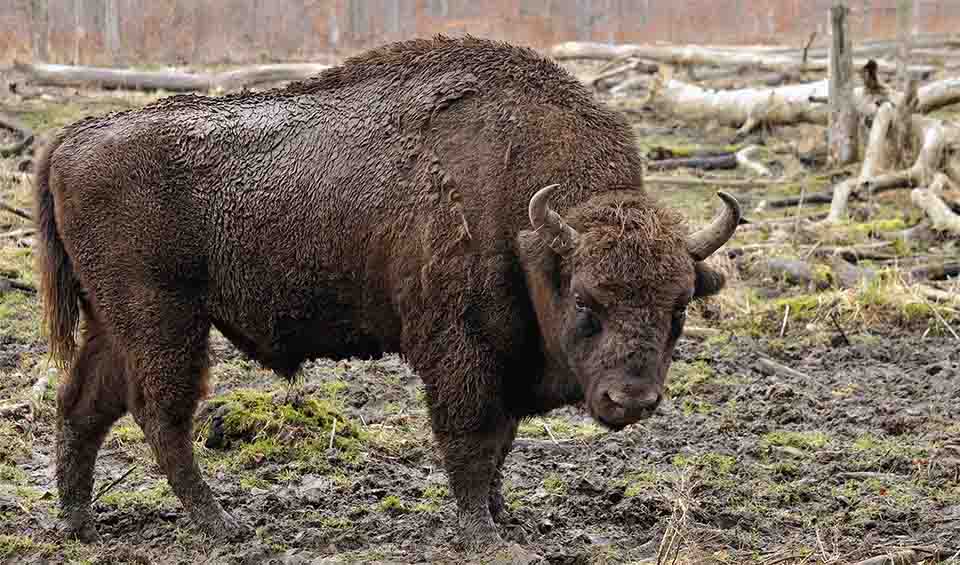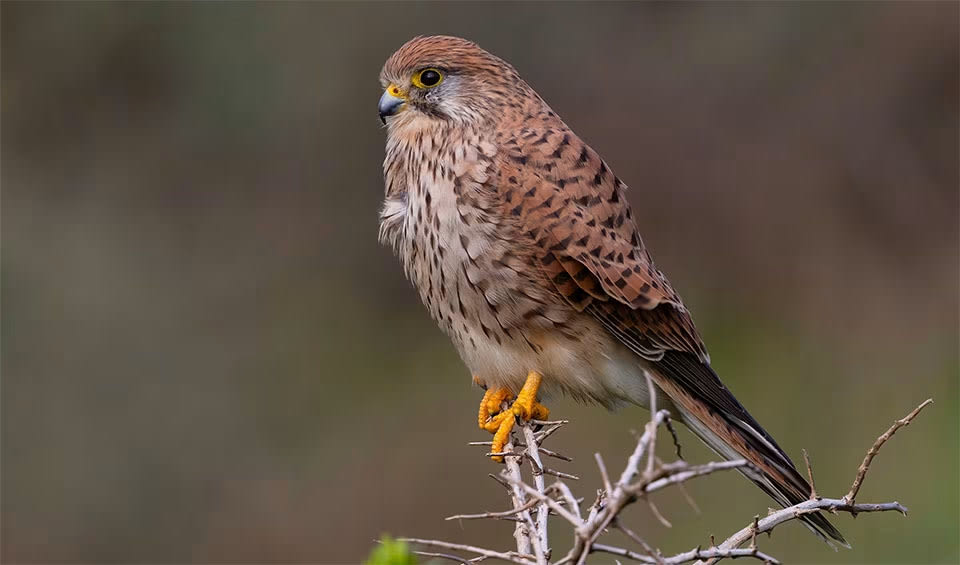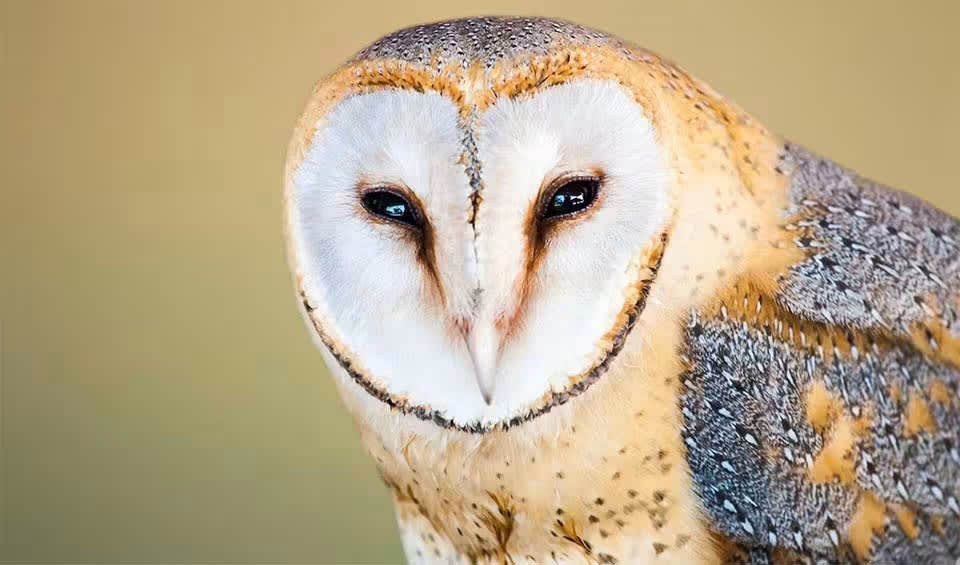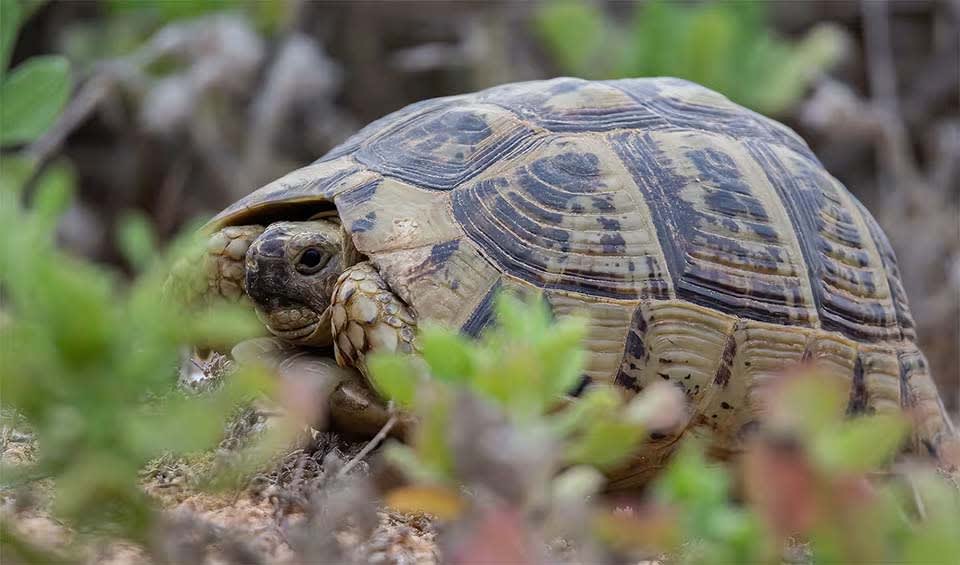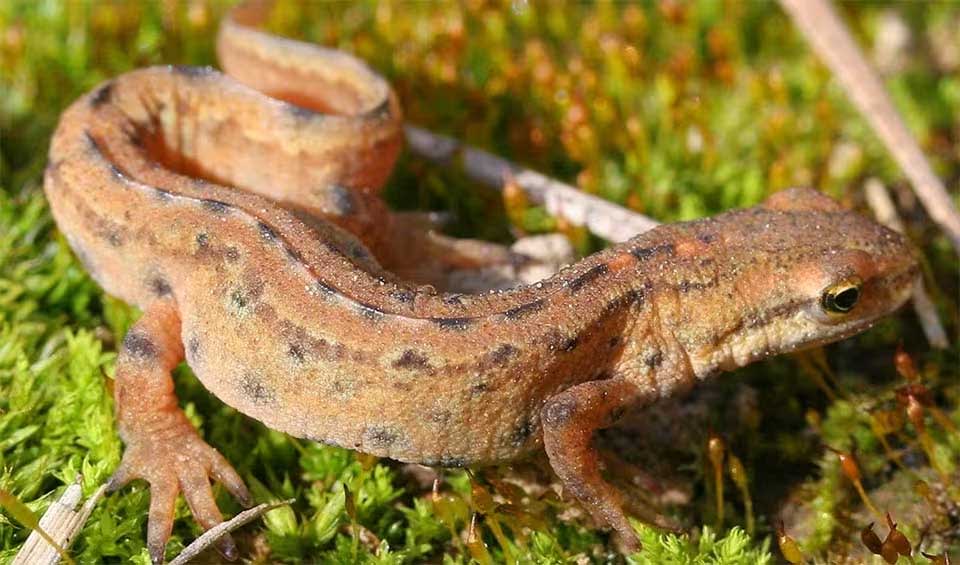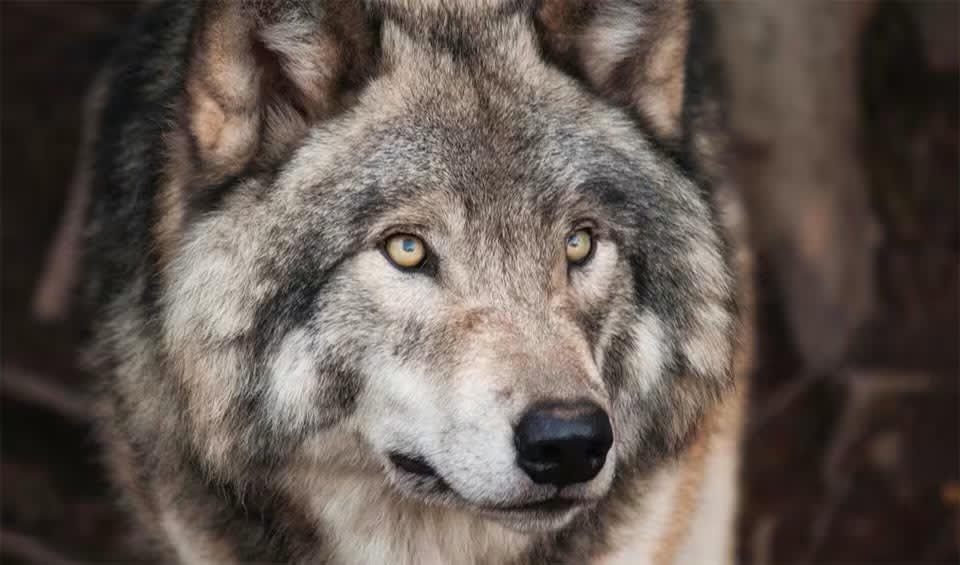Moldova, officially known as the Republic of Moldova, is a landlocked country in Eastern Europe, bordered by Romania to the west and Ukraine to the north, east, and south. Moldova is one of the smallest countries in Europe, covering an area of approximately 33,846 km² (13,068 mi²). Its climate is temperate continental, characterized by warm summers and cold, snowy winters. This climate supports various agricultural activities, which are central to the country’s economy. Moldova’s fertile soil, particularly in the central and southern regions, is ideal for growing grapes, fruits, and vegetables.
Moldova’s landscape is predominantly hilly, with rolling plains and river valleys. The Dniester River, which flows through the eastern part of the country, is the longest river in Moldova and plays a crucial role in its agriculture and hydroelectric power. The Prut River forms the western border with Romania. The country’s biodiversity includes a range of flora and fauna adapted to its diverse habitats, such as forests, steppes, and wetlands. Moldova is home to several nature reserves, including the Codrii Forest Reserve, which protects one of the country’s last remaining tracts of old-growth forest.
Four pillars elaborated:
Moldova is home to a diverse array of protected areas, covering approximately 5.8% of its territory. This includes scientific nature reserves, natural monuments, landscape reserves, and national parks, each providing sanctuary for a variety of plant and animal species, including many endemic to the region. Scientific nature reserves are strictly protected zones where activities are limited to research and education. Natural monuments preserve unique geological, botanical, or zoological features. Landscape reserves protect areas of scenic beauty and cultural significance, while national parks are maintained for their natural beauty and the recreational opportunities they offer. Land Management
Land Management
Moldova faces several challenges in protecting its biodiversity, including widespread non-compliance with environmental laws by businesses and individuals, and a lack of effective strategies to halt biodiversity degradation. Economic incentives to achieve biodiversity targets are insufficient, and there’s a notable underuse of scientific and traditional conservation methods. Additionally, biodiversity conservation isn’t adequately integrated into economic and sectoral planning. Threats to Biodiversity
Threats to Biodiversity
The landscape’s ecological balance is further threatened by intensive agricultural practices. Pollution is deteriorating natural habitats, while overexploitation of flora and fauna continues unchecked. Budget cuts have severely impacted efforts to rejuvenate the country’s plant and animal life. Moreover, public awareness regarding environmental issues remains disappointingly low, highlighting a critical area for improvement.
Moldova has put into action a Biodiversity Conservation Strategy aimed at protecting and restoring ecosystems across the country. This strategy is dedicated to conserving, restoring, and sustainably using the nation’s biodiversity and landscapes. To support this, action plans have been established to protect diverse ecosystems and the species living within them. Additionally, efforts are underway to increase the size of natural protected areas, with a goal to preserve at least 8% of Moldova’s territory by 2020. Capacity and Governance
Capacity and Governance
A project is currently in progress to integrate biodiversity conservation into Moldova’s territorial planning and land-use policies. The goal is to revise current policies and practices to more effectively incorporate biodiversity considerations. As Moldova aims for EU accession by 2030, “Environmental Transformation” has become a critical area of focus. This includes enhancing biodiversity conservation efforts and meeting EU environmental standards. Future Trends
Future Trends
Biodiversity
Moldova’s river systems, particularly the Dniester and Prut rivers, are vital for the country’s biodiversity. These rivers and their floodplains provide habitats for a wide range of aquatic species, including fish such as the carp, pike, and catfish. The wetlands and riparian zones along these rivers are important for bird species, including the white stork, herons, and various species of ducks and geese. These areas also support amphibians, reptiles, and numerous plant species adapted to wetland conditions.The Codru forest region in central Moldova is another important area for biodiversity. This region is known for its dense, deciduous forests, which are home to a variety of plant and animal species. The Codru forests support species such as the red deer, roe deer, and wild boar, as well as a rich diversity of birdlife, including the tawny owl and the black woodpecker. The undergrowth in these forests is rich in wildflowers, ferns, and other plant species.
In the table below are the number of known species in several main groups, how many of these species are Threatened with extinction, and how many of them are Endemic (unique to Moldova only):
| Species (World rank) |
Threatened | % Threatened | Endemic | % Endemic | |
|---|---|---|---|---|---|
| Mammals | 74 (#147) | 4 | 5.4% | ||
| Birds | 236 (#160) | 12 | 5.1% | ||
| Reptiles | 15 (#169) | 2 | 13.3% | ||
| Amphibians | 14 (#125) | ||||
| Fishes | 62 (#198) | 7 | 11.3% | ||
| Plants | 5,513 (#59) | 512 | 9.3% |
mammals
European bison
Habitat destruction & overhunting led to extinction in the wild, now gradually being reintroduced
Moose
They are so tall, that they prefer to feed on higher shrubs and grass, as lowering their head to the ground can be difficult!
Eurasian beaver
The furry flat-tailed mammal that builds its own aquatic empire
birds
Eurasian eagle-owl
These owls have specialized feathers that make their flight nearly silent
Eurasian kestrel
Adaptable raptor known for its hovering hunting technique and striking appearance
Barn owl
The most cosmopolitan of owls with home ranges extending across the globe
reptiles
European adder
A venomous snake native to Britain and found all across Europe
Viviparous lizard
One of the few reptiles that can not only lay eggs but also give birth to live young
Greek tortoise
The mosaic-shelled marvel of the Mediterranean
amphibians
Smooth newt
They have the ability to regenerate lost limbs and other body parts, a superpower in the animal kingdom!
European green toad
An unusual amphibian that can survive high temperatures and is even quite tolerant to desiccation
European fire-bellied toad
Known for its bright red belly, a bold warning to predators, combined with its distinctive “whoop” call
National Animals
Wolf
The howl of each wolf is different
White stork
The folktale bird that brings the babies!
